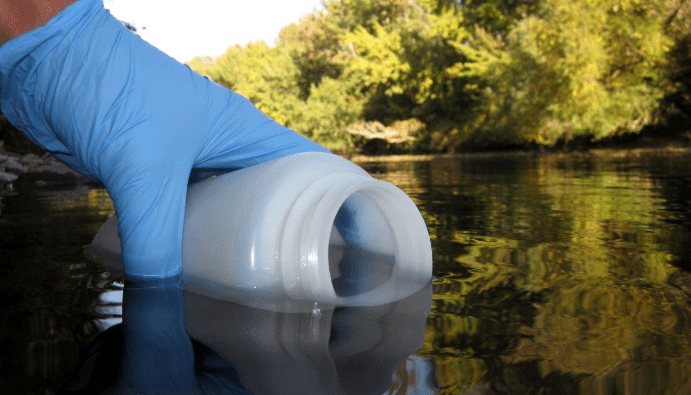ISO 5667-4: Sampling from Natural and Artificial Lakes
Sampling Standards and Methods for Natural and Artificial Lakes

ISO 5667-4 is an international standard that regulates sampling methods from natural and artificial lakes for the determination of water quality. This standard defines accurate and reproducible sampling processes for performing chemical, physical, biological and microbiological analysis of water resources. This standard, part of the ISO 5667 series, applies in particular to natural lakes, reservoirs and other bodies of still water.
Purpose and Scope of ISO 5667-4
The main purpose of this standard is to standardize sampling methods for monitoring water quality in natural and artificial lakes to ensure reliable results in analysis.
Scope
- Assessment of water quality.
- Pollution monitoring and resource management.
- Assessment of biological health of aquatic ecosystems.
- Sample preparation for chemical and physical analysis.
This standard focuses on freshwater sources and for saltwater bodies or streams, other parts of the ISO 5667 series apply.
Key Elements of the Sampling Process
1. Sampling Planning
ISO 5667-4 recommends analyzing the factors that influence the sampling process. These factors are
- Size, depth and morphology of the lake.
- Seasonal variations and water movements.
- Determination of sampling points (surface, middle layer and base).
2. Identification of Sampling Points
- Surface Sample: Taken from the lake surface and atmospheric effects are taken into account.
- Column Sample: Taken from different depths in the water column and allows the analysis of vertical profiles.
- Bottom Sample: It is taken near the lake bottom and is important for organic matter and sediment analysis.
3. Sampling Equipment
- Water Collection Bottles: Suitable for chemical and microbiological analysis.
- Van Dorn or Nisken Bottles: Provides precise sampling from different depths.
- Sediment Samplers: Used for the examination of bottom sediment.
4. Sample Preservation and Transportation
- Samples should be transported at the appropriate temperature and in protective containers depending on the type of analysis.
- It should be ensured that samples are delivered to the laboratory quickly and analyzed within a certain period of time.
Application Areas of ISO 5667-4
- Water Management and Planning: Regularly monitoring the water quality of lakes and developing sustainable water management plans.
- Pollution Monitoring: Assessing the impacts of industrial, agricultural or domestic pollution on lakes.
- Ecological Health Assessment: Monitoring biodiversity in aquatic ecosystems and developing conservation measures.
- Scientific Research: Data collection for climate change, lake ecology and hydrological studies.
Nanolab Laboratories Group continues to provide services within the scope of Water Analysis. We also provide services in Wastewater Analysis.
Contact us for more information.
You can follow us on LinkedIn for up-to-date news and posts about our services.
Follow our Instagram account to be informed about our latest blog posts.

